Sempaya Hot Springs in Semuliki: A Must-See Attraction
Nature’s Fiery Wonder in the Heart of the Rainforest
Deep within Uganda’s Semuliki National Park, hidden among towering rainforest trees and mist-filled valleys, lies one of the most extraordinary natural wonders in East Africa—the Sempaya Hot Springs. Known for their steaming geysers, bubbling pools, and cultural significance, these hot springs are more than geological curiosities. They are an iconic symbol of the park, drawing visitors with their blend of mystery, science, and legend.
To witness the hot springs is to step into a world where the earth seems alive, constantly exhaling its fiery breath into the forest air. The springs hiss and bubble with untamed energy, shooting plumes of steam into the canopy and boiling water that seems to defy the lush greenery surrounding it. Few places in Uganda create such a powerful contrast between fire and water, between the serenity of the rainforest and the raw force of geothermal activity.
The Sempaya Hot Springs are not only a breathtaking sight but also a destination layered with meaning. They serve as cultural landmarks for the communities that have lived in the Semuliki Valley for centuries, they act as habitats for specialized plant life and micro-organisms, and they provide visitors with unforgettable encounters that blend science, legend, and natural beauty.
Exploring these hot springs is therefore more than a casual stop; it is an immersion into one of Uganda’s most captivating and spiritually charged attractions.
Location and Setting: A Jewel in Semuliki National Park
The Sempaya Hot Springs are located within Semuliki National Park, in the Bundibugyo District of western Uganda. The park itself lies at the base of the Rwenzori Mountains, along the floor of the Albertine Rift Valley. It stretches across about 220 square kilometers, dominated by lowland tropical rainforest that extends into the Congo Basin.
The springs are situated in the park’s Sempaya area, about a 30-minute drive from the park headquarters at Ntandi. This section of the park is easily accessible via well-maintained forest trails, offering visitors the chance to immerse themselves in lush vegetation before encountering the dramatic spectacle of geothermal energy.
The surroundings of the hot springs are characterized by dense rainforest, where towering mahogany and ironwood trees intermingle with vines, shrubs, and ferns. The air here is humid, carrying the earthy scent of the forest mixed with the unmistakable tang of sulfur. It is an environment that feels both primeval and alive, as though the earth’s earliest days are preserved in its steaming pools and thick vegetation.
Geological Formation: The Science Behind the Spectacle
The Sempaya Hot Springs are the result of geothermal activity linked to the tectonic dynamics of the Rift Valley. The Albertine Rift, part of the larger East African Rift System, is a region of immense geological activity where the earth’s crust is slowly being pulled apart. As a result, subterranean heat escapes through fissures, heating underground water reservoirs and forcing them to the surface as boiling springs.
The springs manifest in two distinct sites: the male hot spring, locally called Bintente, and the female hot spring, known as Nyasimbi. Both differ in form and scale, yet each illustrates the immense geothermal forces shaping this region.
The male spring is a large pool, calm on the surface but fiercely hot beneath, with water temperatures recorded at over 100 degrees Celsius. The female spring is more dramatic, jetting boiling water up to two meters into the air, creating a perpetual plume of steam that can be seen rising above the forest canopy from a distance.
Geologically, these springs represent a constant interaction between tectonic activity, underground water systems, and surface ecosystems. Their presence underscores the living, breathing nature of the earth beneath Uganda, a reminder that even beneath lush forests, powerful geological forces are always at work.
The Male and Female Hot Springs: A Tale of Two Wonders
Visitors to the Sempaya area are always introduced to the springs as the male and the female hot springs, a distinction that combines natural science with cultural symbolism.
The male spring, Bintente, is located in a swampy clearing, its broad pool shrouded in mist. Though less dramatic in its surface activity, the male spring is no less impressive in scale, covering a large area and exuding intense heat. The water here appears deceptively calm, yet it is boiling hot beneath its placid surface.
The female spring, Nyasimbi, is the most iconic. Nestled deeper in the forest, this geyser-like feature sends scalding water gushing upward with continuous energy. Jets of water and steam hiss loudly, creating a dramatic spectacle that commands attention. Visitors often marvel at the sheer force of Nyasimbi, which seems to symbolize the dynamic power of nature itself.
The naming of the springs as male and female reflects traditional beliefs among the local communities, who view them as embodying fertility, life, and spiritual presence. This cultural interpretation enriches the scientific marvel, turning the springs into not just geological features, but sacred entities with stories and symbolism that resonate across generations.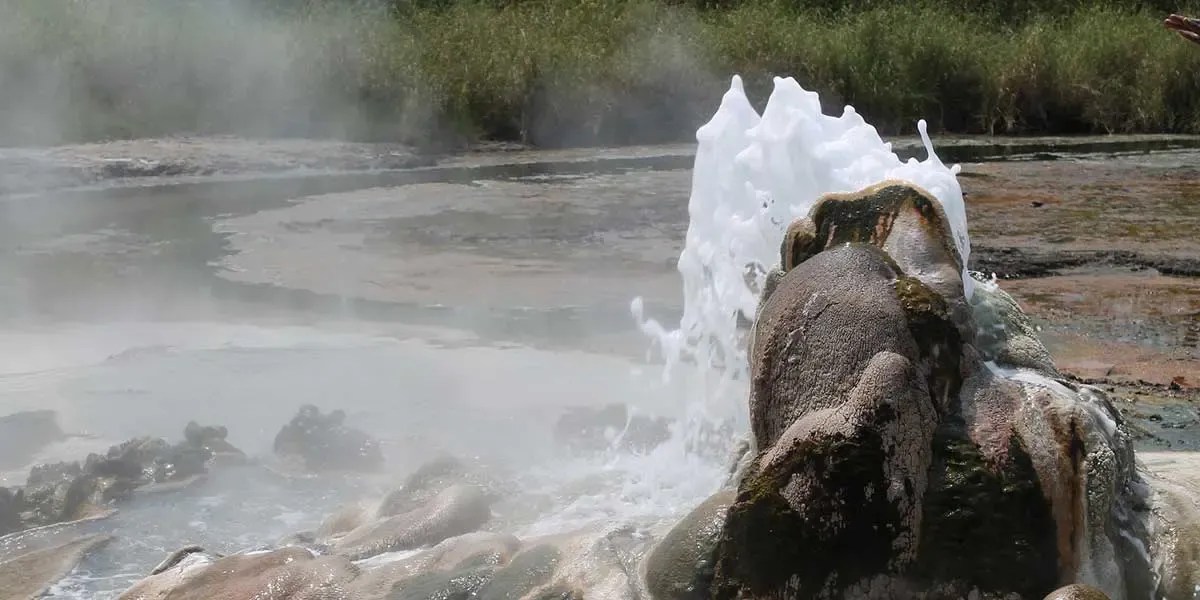
Cultural Significance: Legends and Beliefs
The Sempaya Hot Springs are deeply embedded in the traditions of the local Bamba and Bakonzo communities. For centuries, they have been regarded as sacred places where ancestral spirits dwell. The local names themselves—Bintente and Nyasimbi—are tied to legends that explain their origins and significance.
According to local folklore, the male spring is linked to a tale of a man who disappeared while searching for food, believed to have been taken by spirits into the earth. The female spring, on the other hand, is associated with a woman who came to search for her missing husband but was herself consumed by the same supernatural forces. These stories, though varied in detail across communities, all emphasize themes of fertility, creation, and the interconnectedness of life and nature.
Traditionally, the springs have been sites of ritual and prayer. Offerings were made to appease spirits believed to reside in the springs, seeking blessings of fertility, good harvests, and protection from misfortune. Even today, some community members hold the springs in spiritual reverence, and cultural guides are eager to share the legends that continue to keep these traditions alive.
The blending of cultural mythology with the springs’ natural spectacle adds a profound dimension to visiting Sempaya. For travelers, it is not only a journey to witness geothermal wonder but also an opportunity to connect with stories that reflect humanity’s enduring relationship with the natural world.
Activities and Visitor Experience
A visit to the Sempaya Hot Springs is designed as a holistic experience that combines walking, nature immersion, storytelling, and visual spectacle. Guided walks from the park headquarters take visitors through lush forest trails, where encounters with monkeys, birds, and butterflies enrich the journey.
The trail to the male hot spring is relatively short and accessible, leading into a swamp clearing where the steaming pool emerges dramatically from the vegetation. Continuing deeper into the forest, the path to the female hot spring is slightly longer, winding through dense greenery before opening onto the geyser’s steaming clearing.
At the springs themselves, the experience is multisensory. The sight of steaming jets, the hiss of escaping gases, the pungent sulfur smell, and the humid heat create an atmosphere that feels otherworldly. Visitors are often encouraged to participate in the age-old tradition of boiling eggs or plantains in the scalding waters, a practice that connects modern tourism with local heritage.
Photography is another highlight, with the billowing steam against the backdrop of rainforest offering dramatic contrasts. Guides enrich the experience with cultural stories, scientific explanations, and historical anecdotes, ensuring that visitors leave not only with memories but with knowledge.
Ecological Importance: More than Just Spectacle
Though the Sempaya Hot Springs are primarily known as attractions, their ecological role cannot be overlooked. The geothermal waters create micro-habitats where specialized plants, algae, and bacteria thrive. These organisms are adapted to extreme heat, contributing to biodiversity in unique ways.
The surrounding swamp and rainforest also benefit from the constant presence of warm water, which influences microclimates in the immediate vicinity. Bird species, amphibians, and insects often concentrate around these habitats, creating hotspots of ecological activity.
Scientists consider geothermal ecosystems such as Sempaya important for research, as they provide insights into how life adapts to extreme conditions and may even hold clues to the origins of life on earth. Thus, the hot springs are not only visually impressive but also ecologically and scientifically significant.
Best Time to Visit: Seasons of the Springs
The Sempaya Hot Springs can be visited year-round, but the experience varies with the seasons. The dry seasons, from December to February and June to September, are ideal for visitors who prefer accessible trails and clear visibility. During these months, forest paths are less muddy, and the springs’ dramatic steam rises clearly into the dry air.
The wet seasons, from March to May and October to November, transform the surrounding forest into a lush, vibrant landscape. Though trails may become slippery and challenging, the rains amplify the rainforest’s vitality, and the contrast between heavy rainfall and steaming hot springs creates an even more dramatic spectacle.
Ultimately, the choice depends on individual preference. Birders and naturalists may favor the wet season for the abundance of life it brings, while those seeking ease of movement and clearer photography may prefer the dry months. Regardless of season, the springs remain a highlight of any visit to Semuliki.
The Sempaya Experience within the Larger Semuliki Adventure
While the Sempaya Hot Springs stand as the centerpiece attraction of Semuliki National Park, they are best appreciated as part of the broader park experience. Visitors who journey to the springs often combine their visit with birdwatching, as the park is home to over 400 species, many of them endemic to the Congo Basin. Nature walks, primate tracking, and cultural encounters with the Batwa and Bamba communities add further depth.
In this sense, the springs are both a climax and a gateway—a singular wonder that introduces travelers to the complexity and richness of Semuliki. By anchoring the experience of geothermal marvels within the broader context of rainforest ecology and human culture, the Sempaya Hot Springs become more than a tourist stop; they become a story of interconnection between earth, life, and people.
A Must-See Attraction in Uganda’s Wilderness
The Sempaya Hot Springs are not merely pools of boiling water. They are the beating heart of Semuliki National Park, a symbol of nature’s raw energy and cultural depth. Rising steam against the rainforest canopy, tales of spirits and fertility, the thrill of boiling eggs in scalding waters, and the scientific wonder of geothermal forces all converge to make this attraction truly unforgettable.
For travelers seeking authentic and enriching experiences, the springs represent a rare chance to witness one of Uganda’s most unique natural wonders. They encapsulate the essence of Semuliki—mysterious, powerful, and deeply rooted in both ecological and cultural significance.
To explore the Sempaya Hot Springs is to uncover a hidden treasure of Uganda, a place where the earth reveals its fiery soul and where humanity’s stories intertwine with the rhythms of nature. It is an experience that resonates long after the steam has faded into the forest air.
For those wishing to immerse themselves in this spectacle, to explore the springs alongside the birdlife, primates, and communities of Semuliki, the most rewarding way is through expert guidance. For a seamless and memorable safari across Uganda’s wilderness, it is highly recommended to book your Africa tours and safaris with WildHorn Africa, a trusted partner in unveiling the continent’s most extraordinary wonders.

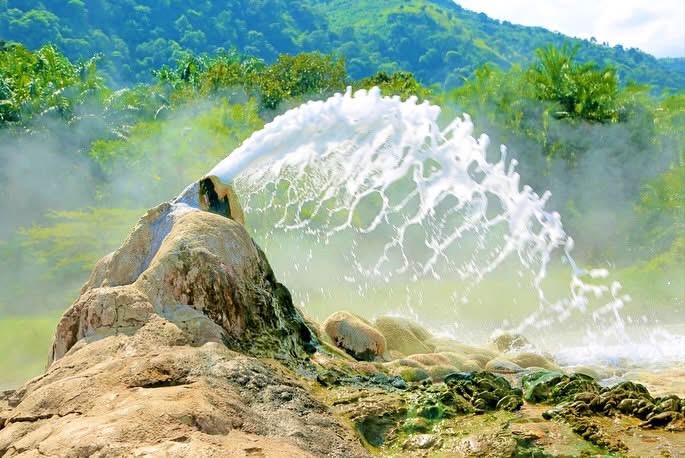
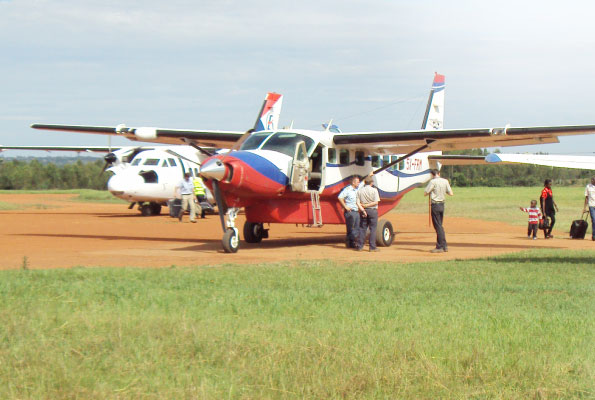
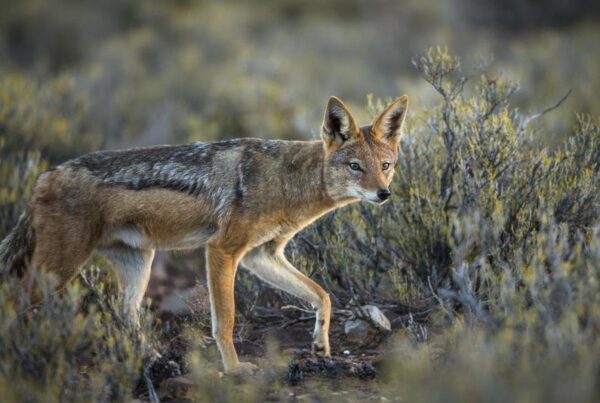
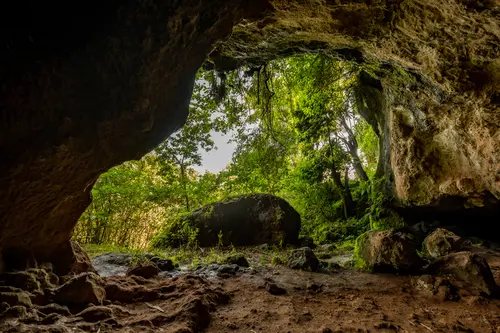
 WildHorn Africa – Authentic and unforgettable tours across Africa, guided by local experts who know the land, wildlife, and culture best.
WildHorn Africa – Authentic and unforgettable tours across Africa, guided by local experts who know the land, wildlife, and culture best.


